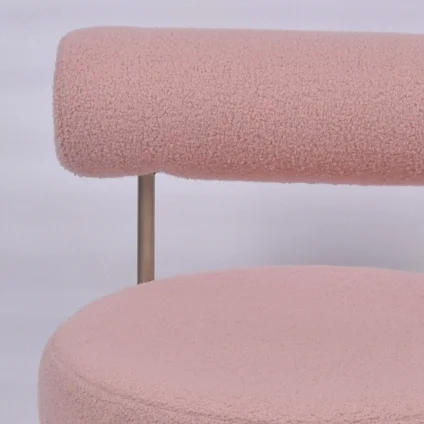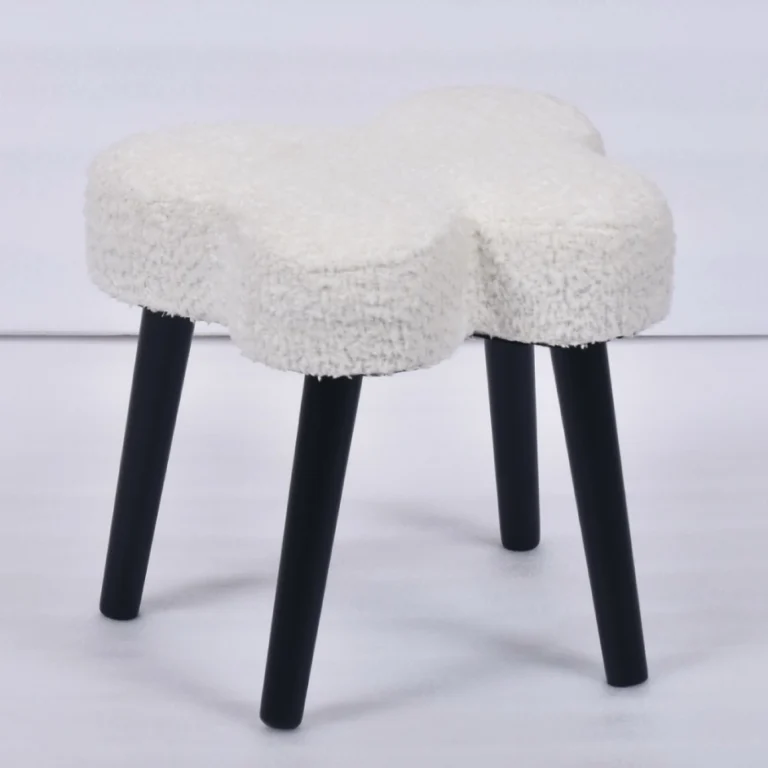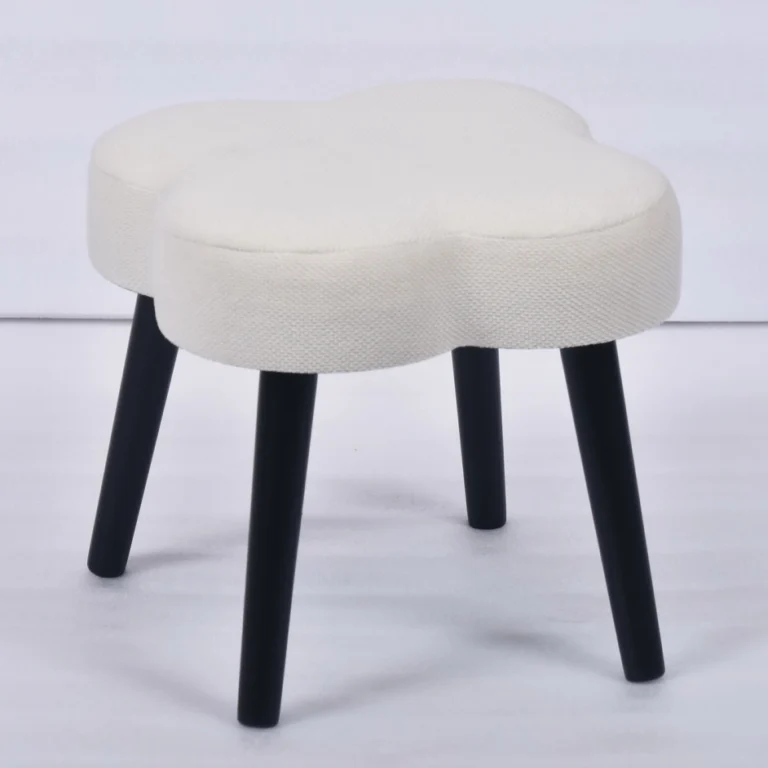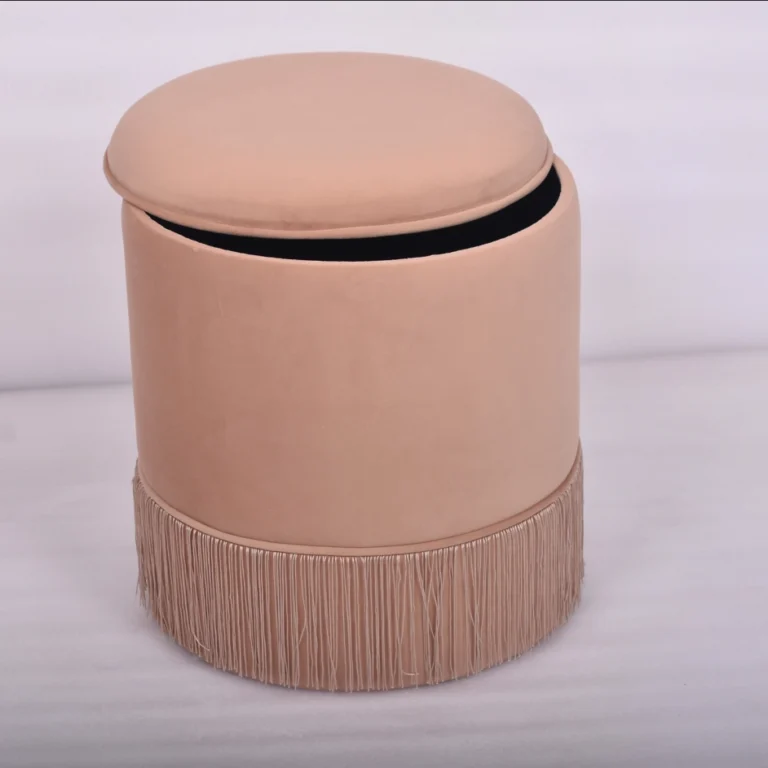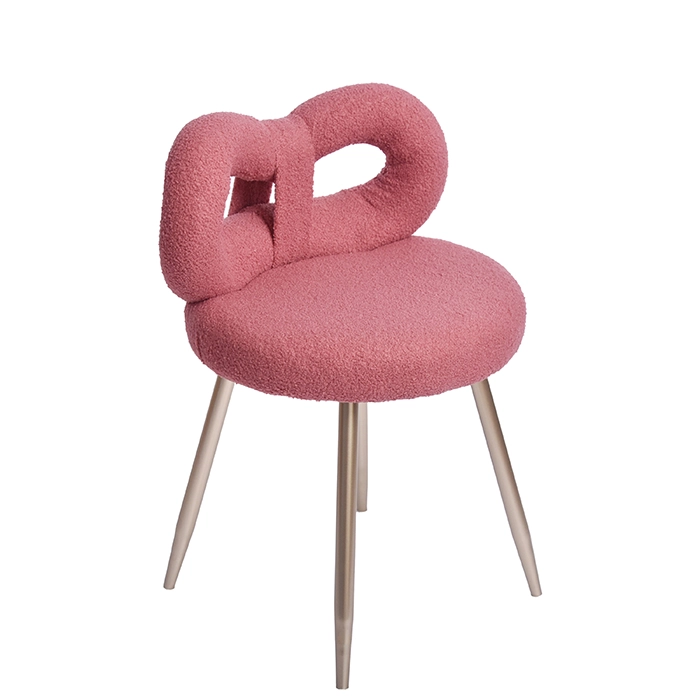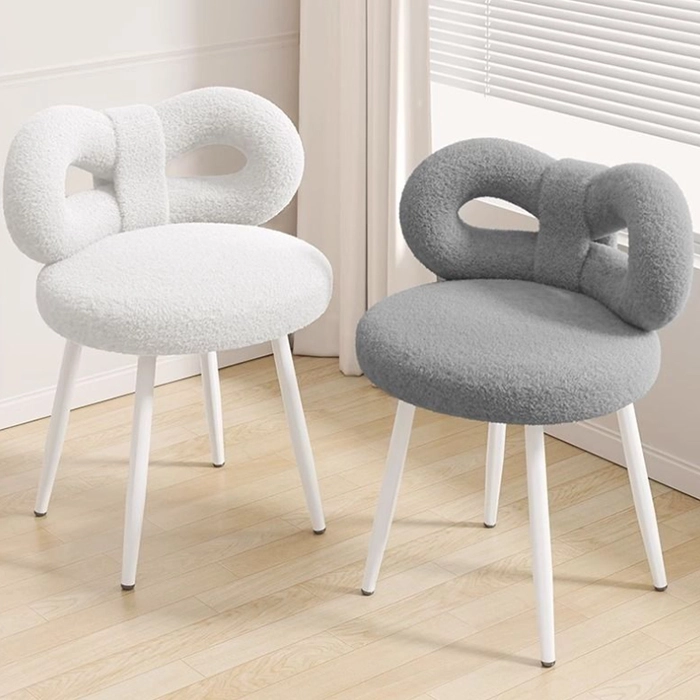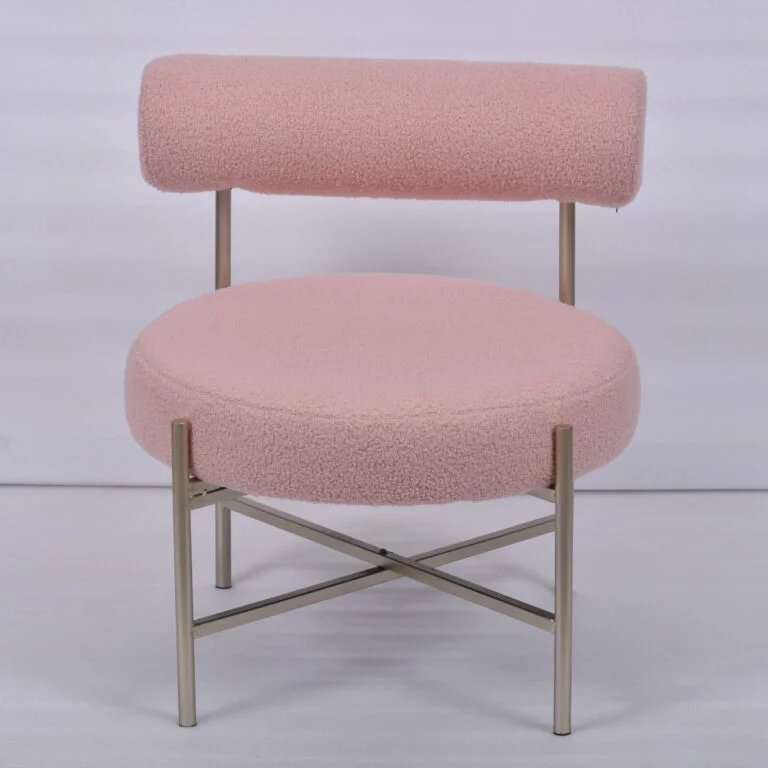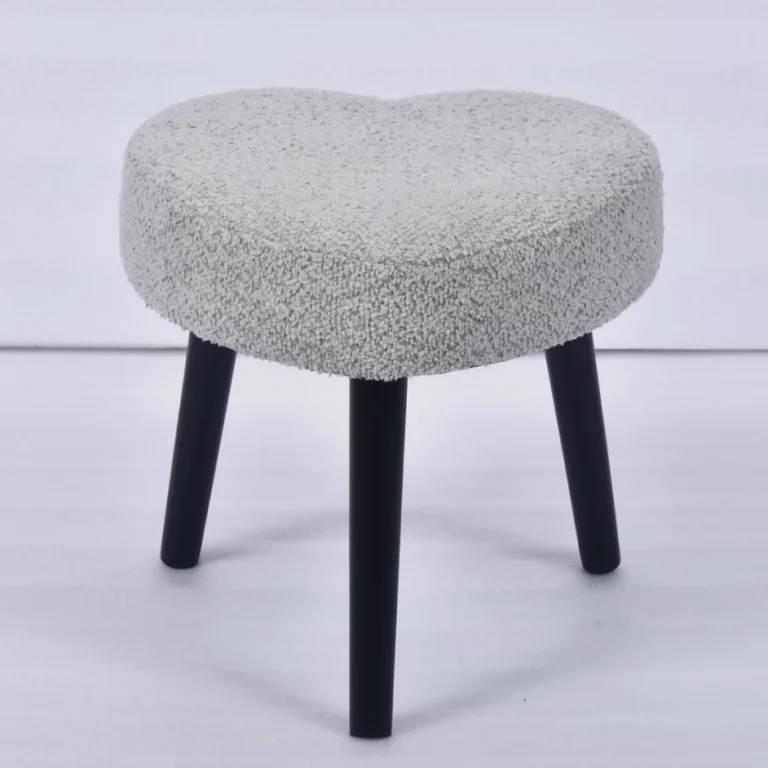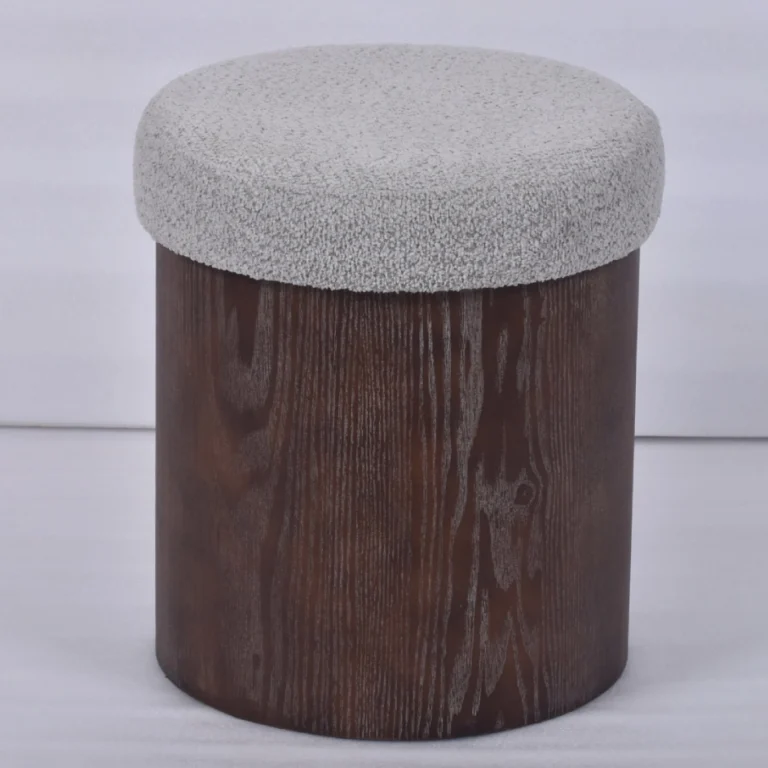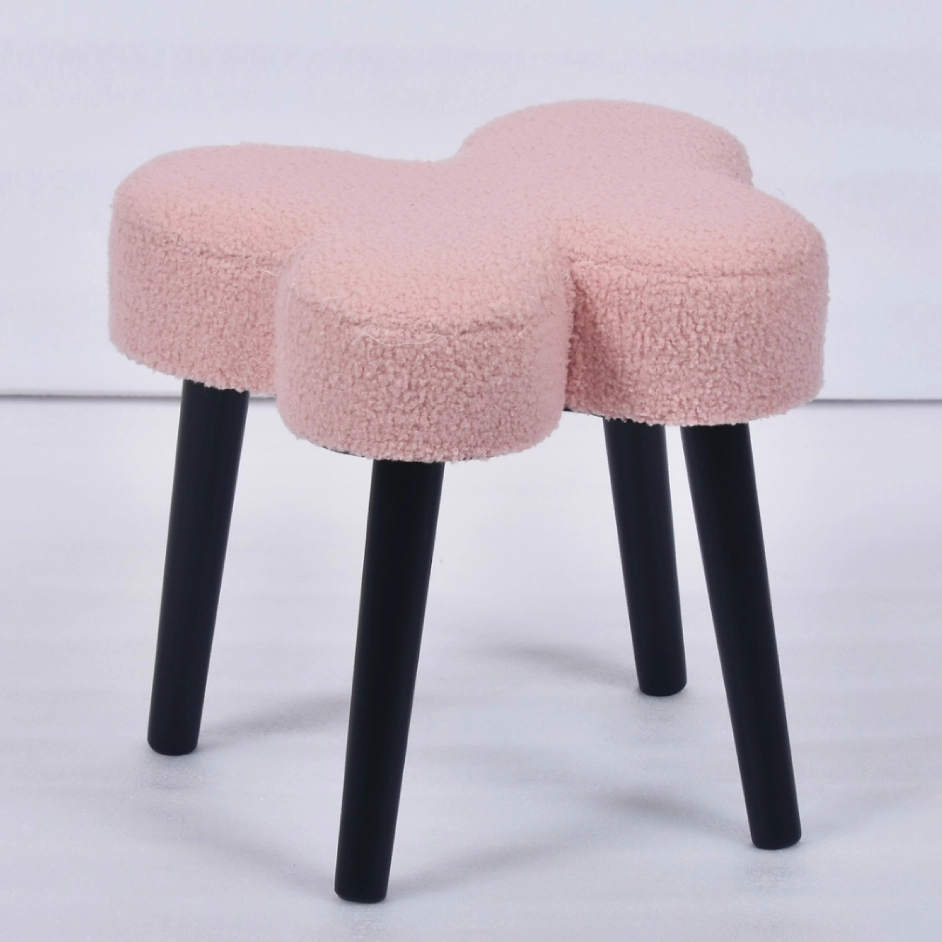Vintage ottoman furniture
Vintage Ottoman Furniture: Whispers of Time, the Eternal Symphony of East and West
Between the salons of Europe and the palaces of the Middle East, vintage Ottoman furniture stands as a silent envoy, bearing the glory of the Ottoman Empire and the echoes of the Renaissance. More than mere objects, these pieces are condensed history—their carved wood grains hold the footprints of desert caravans and the ingenuity of Venetian craftsmen. Here, we wander through their stories, savoring the elegance and mystery that transcend centuries.
I. The Tapestry of History: From Ottoman Thrones to Modern Living Rooms
Traveling back to the 15th century, when the sultans of the Ottoman Empire sat upon opulent cushions, the ottoman was born—first as a symbol of sovereignty, its name derived from imperial splendor. It absorbed the lavish elements of the Middle East: the intricate patterns of Persian rugs, the geometric rhythms of Arab courtyards, blended with the curves of European Baroque and the symmetry of Classicism. Each vintage ottoman resembles a lost treasure chest from One Thousand and One Nights, hiding the secret tales of sultans and the legends of merchant adventurers.
As time flowed, 19th-century European aristocrats introduced it into their salons, adorning it with Victorian velvets and mahogany, turning it into a testament to cultural fusion. Today, vintage ottomans shed their ostentation, leaving behind the patina of time: faded silk-velvet surfaces, hand-carved vine motifs, whispering the afterglow of a setting imperial sun.
II. A Poetic Aesthetic: The Harmony of Eastern Mystery and Western Order
To touch a vintage ottoman is to engage in a dialogue between Eastern and Western aesthetics. Its form—low, rounded contours and built-in storage—draws from the practical wisdom of the Middle East, while gilded edges and velvet fabrics bear the imprint of European courtly refinement. In color, rich ochres and deep indigos evoke the majesty of desert sunsets, while soft ivory and rose gold resemble the morning mists of Venice.
The materials are gifts of nature: reclaimed wood tells the story of old beams reborn, and hand-forged metal hinges gleam like a knight’s armor. In function, it is both a footstool, a seat, and an art installation—placed in a study, it becomes a companion for contemplation; in a living room, it transforms into the warm heart of family gatherings.
III. Cultural Echoes: A Philosophy of Life Beyond Time
At its core, vintage Ottoman furniture embodies the resonance of Eastern and Western souls. It carries the collective memory of the Middle East—like a storyteller in an ancient bazaar, turning the fantasy of One Thousand and One Nights into everyday poetry: a single motif may allude to the perseverance of Silk Road caravans; a crack might hint at the rise and fall of empires.
In the Western context, it evolved into a symbol of freedom and creativity: in early 20th-century literary salons, it witnessed intellectual debates; in today’s minimalist spaces, it awakens nostalgia through contrasting aesthetics. This furniture teaches us that life need not be loud—it is like a still cup of Arabic coffee, revealing depth in simplicity and artistry in utility.
Epilogue: The Eternal Silent Charm
Vintage Ottoman furniture is a sculpture of time, silently narrating humanity’s eternal pursuit of beauty. Unbound by trends, it traverses centuries with quiet dignity, reminding us that true luxury lies in historical depth and cultural embrace. In your space, let it become a corner of stories—no words needed, for within it, a thousand whispers already linger.
